Tear-off film is a type of instant film that has long been discontinued. But now it has suddenly become a craze in China. Prints made from this type of film are selling for up to 600 yuan (equivalent to 85 USD) in vintage-style photo studios.
The sudden rise of tear-jerking films has led Chinese netizens to nickname it “Paper Moutai,” inspired by the country’s most expensive liquor.
Films that were once considered trial goods are now sought after everywhere.
According to Shine , the phenomenon began when celebrities like Ju Jingyi and Liu Shishi shared moody, vintage-colored portraits taken with the discontinued film. Their posts on Xiaohongshu and Douyin quickly garnered millions of views and shares. Ju Jingyi’s Weibo post about the torn film photos alone received over a million likes.
Torn film photo of actress Ju Jingyi. Photo: Weibo. |
First introduced in 1947, tear-off film was once a cheap, trial film used in photo studios. Unlike instant Polaroid cameras, it required the user to manually separate the photo and negative layers after the shot was taken.
The paper is coated with chemicals that react to light, so the image is printed when the user separates the layers.
However, if you pull the paper too hard or at the wrong angle, you can ruin the entire series of photos. Also, because the film has expired, not every photo will turn out as expected.
The two giants that used to produce this type of film, Polaroid and Fujifilm, both stopped their production lines in the mid-2010s. At that time, the price of a box of 10 sheets was only about 70 yuan.
However, due to the discontinuation of production and a shelf life of only about 2 years, the remaining film boxes are now being resold on e-commerce platforms for up to 4,500 yuan (equivalent to 621 USD).
Customers who come to buy and take pictures are mostly students and fans of celebrities. Photo: Sixth Tone . |
In photo studios, a single photo is currently priced between 300 and 600 yuan, depending on the type of camera and shooting style, according to Sixth Tone .
Some stores are even fully booked for days in a row. Customers must make reservations in advance to be able to take photos.
The two most popular tear-off films today are Fujifilm FP-100C and FP-3000B.
On the popular lifestyle social network Xiaohongshu (RedNote), the keyword “torn film photos” currently has more than 67,000 posts. Accompanying keywords include “vintage vibe”, “street style weapons”…
Many of the posts are celebrity-style portraits, with captions like “one less film in the world ” or celebrity-like angles.
For those who can't afford it, editing apps that simulate film effects like color distortion, uneven exposure, smeared edges, or grain are also popular.
Due to expiration date, film quality is not guaranteed.
Yu Ji is the owner of a store specializing in vintage Polaroid cameras in Hangzhou, Zhejiang Province, which has been in operation for more than seven years. He remembers that in the old days, torn film was still a product exclusively for camera enthusiasts. “At that time, a box of color film was only 70 yuan, and black-and-white film was even cheaper. The customers were mainly camera enthusiasts, and no one asked to buy torn film,” he said.
But in recent years, as demand has skyrocketed, prices have also skyrocketed. At one point, the price of a single sheet of film was nearly 1,000 yuan. To meet the craze, Yu imported 20 boxes of Fujifilm film from abroad last year. The price was about 150 yuan per sheet.
Now, in his shop, a torn film photo costs 360 yuan, while a Polaroid Big Shot, a “legendary” camera from the 1970s, costs 400 yuan. His current customers are mostly students and fans of celebrities.
On the online second-hand market Xianyu, the price of FP-100C film currently ranges from 1,600 to 2,000 yuan per box. Photo: Shine. |
“It’s hard to find and not everyone knows how to use it. That limitation makes it attractive,” Yi Tong, a Xiaohongshu celebrity with more than 10,000 followers, told Sixth Tone . A short video of her tear-off film shoot received more than 6,700 likes, far exceeding the usual engagement.
Another content creator, Vivian Lu, said she felt it was a “worthwhile investment.” “I was attracted by the feeling of ‘one less film per shot.’ That’s probably the biggest difference from Polaroid. A Big Shot photo at the store I go to costs about 330 yuan. It’s a bit expensive, but still within my budget,” she said.
Even Fujifilm, the maker of the legendary FP-100C film, has been caught off guard by the surge. A company representative told Chinese media that all the film currently on the market is old stock.
They believe the boom may be a gimmick to attract social media interactions. Fujifilm also warns that because the film is past its expiration date, image quality and stability are no longer guaranteed.
Source: https://znews.vn/gioi-tre-trung-quoc-me-man-mot-dinh-dang-anh-da-chet-post1553013.html


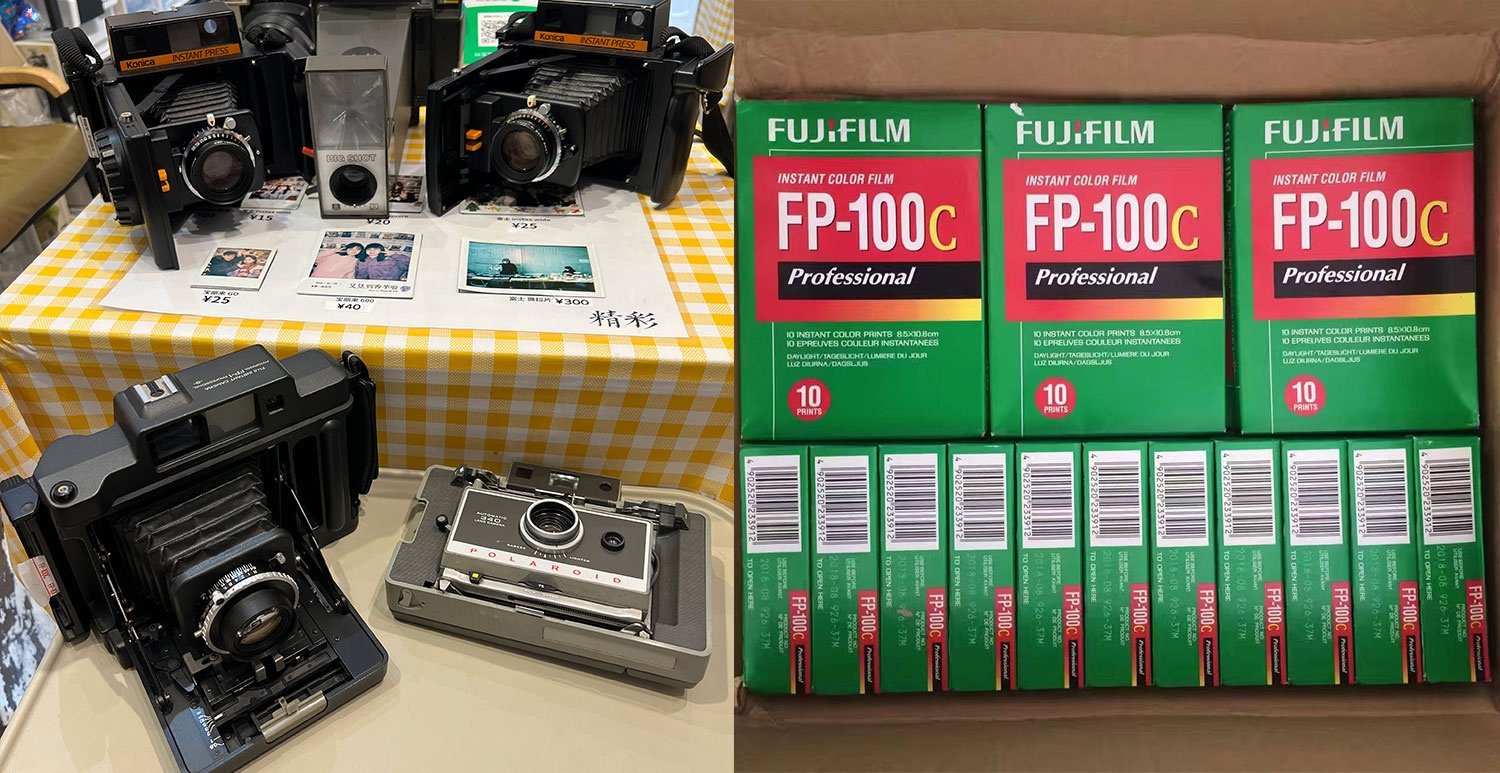
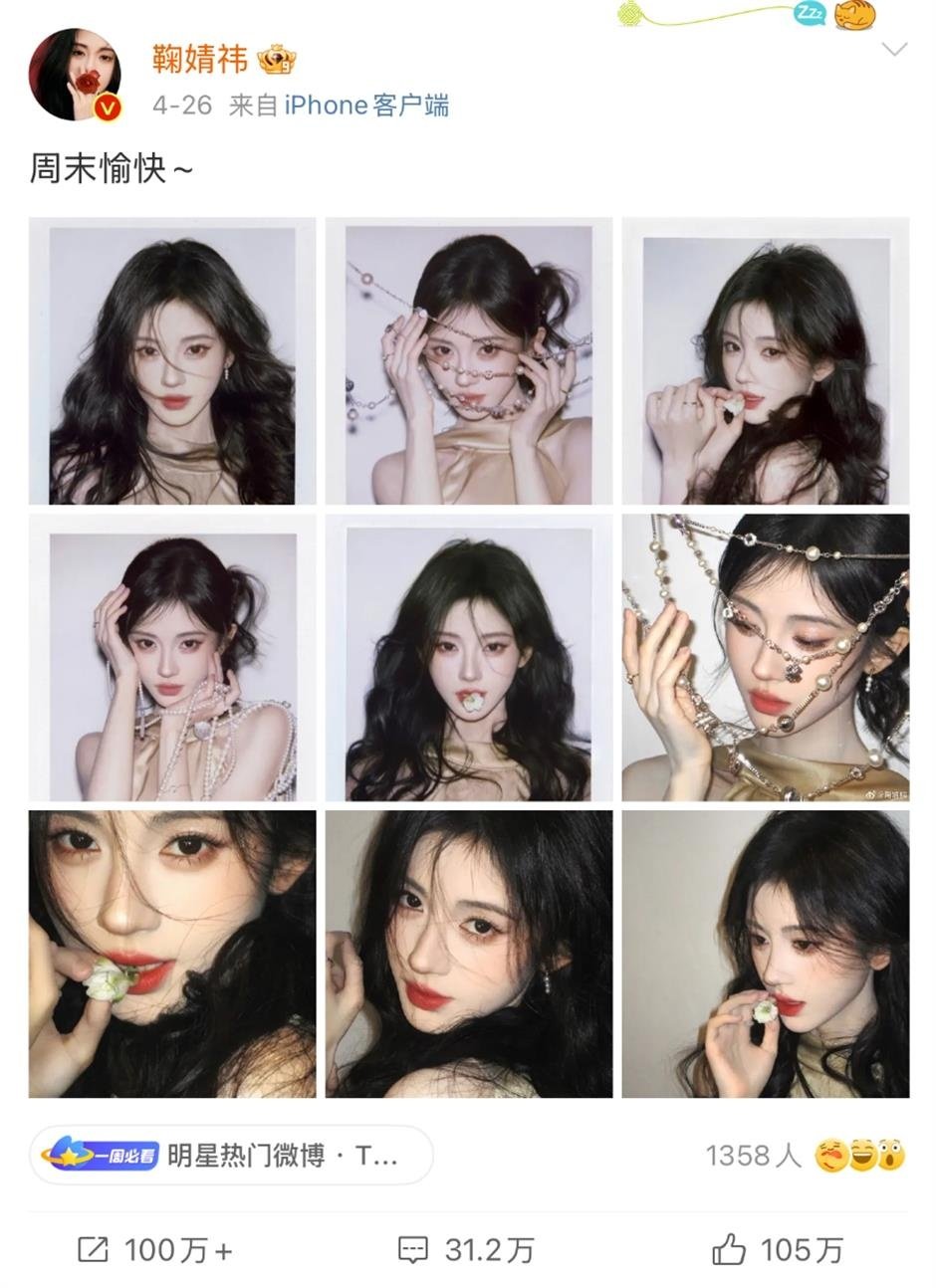

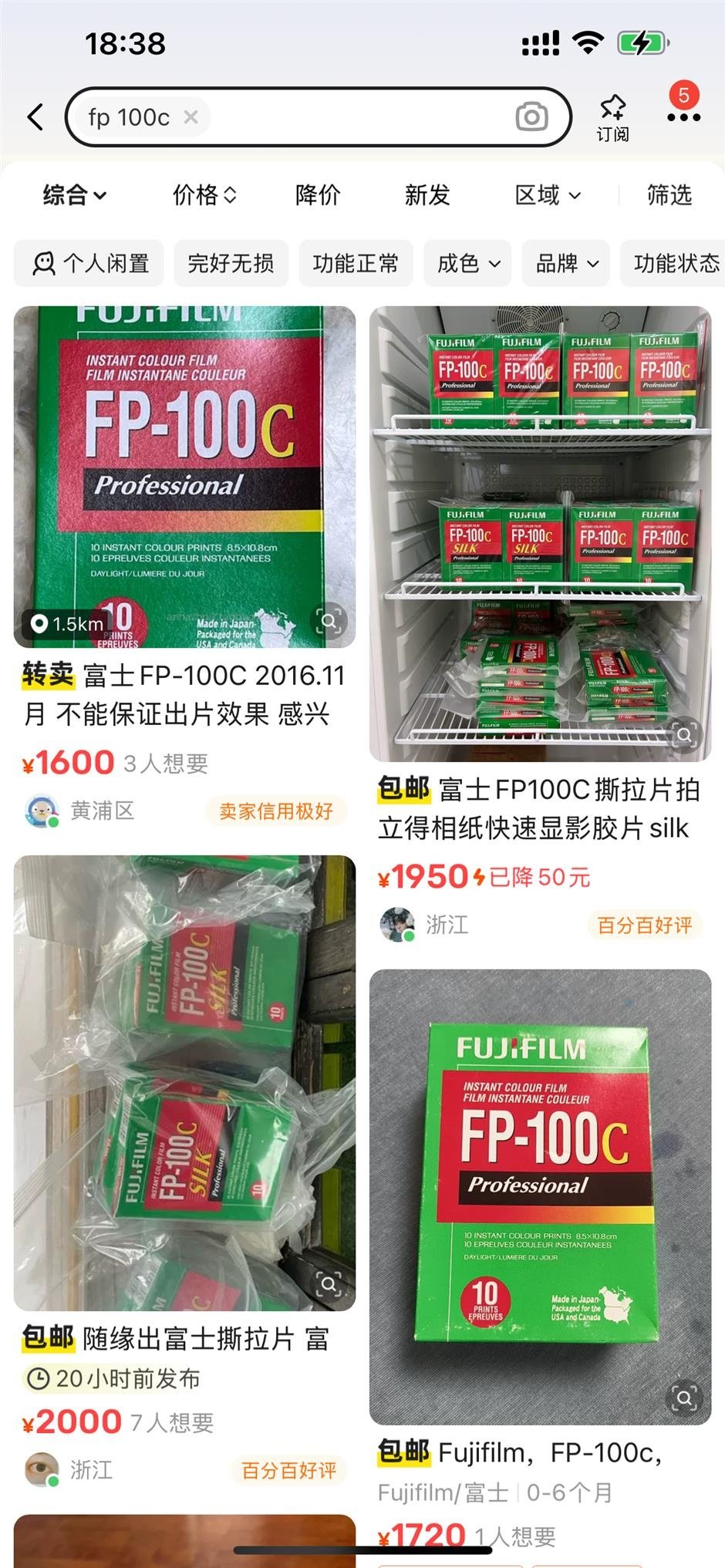



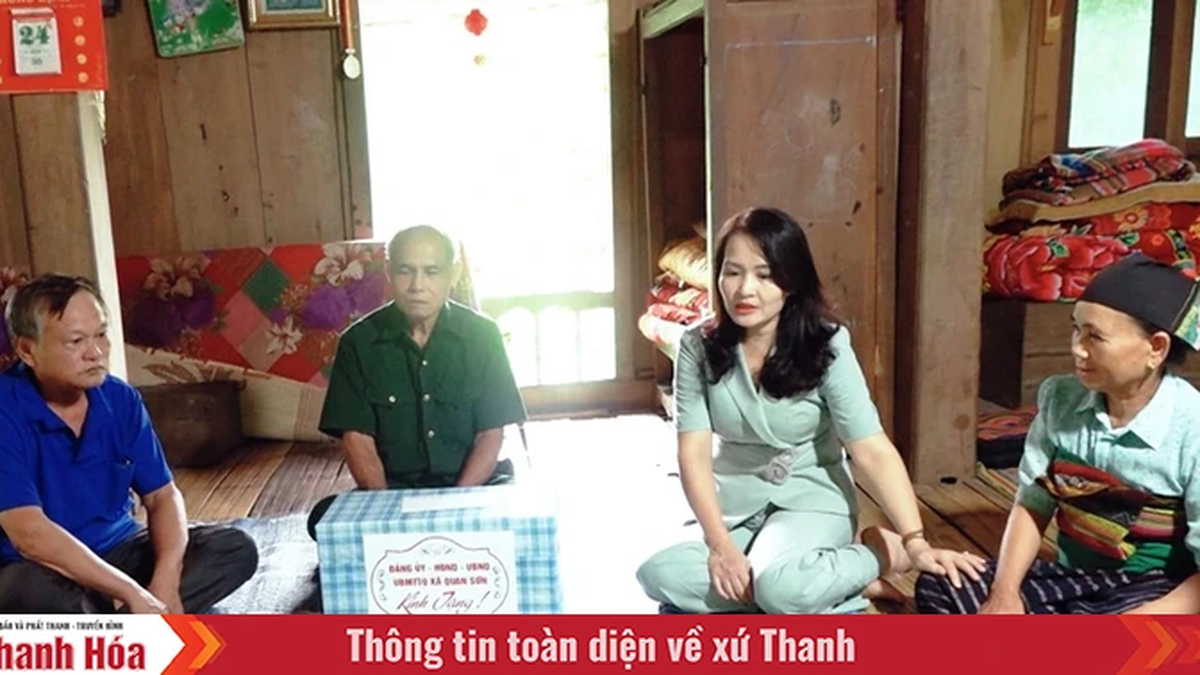
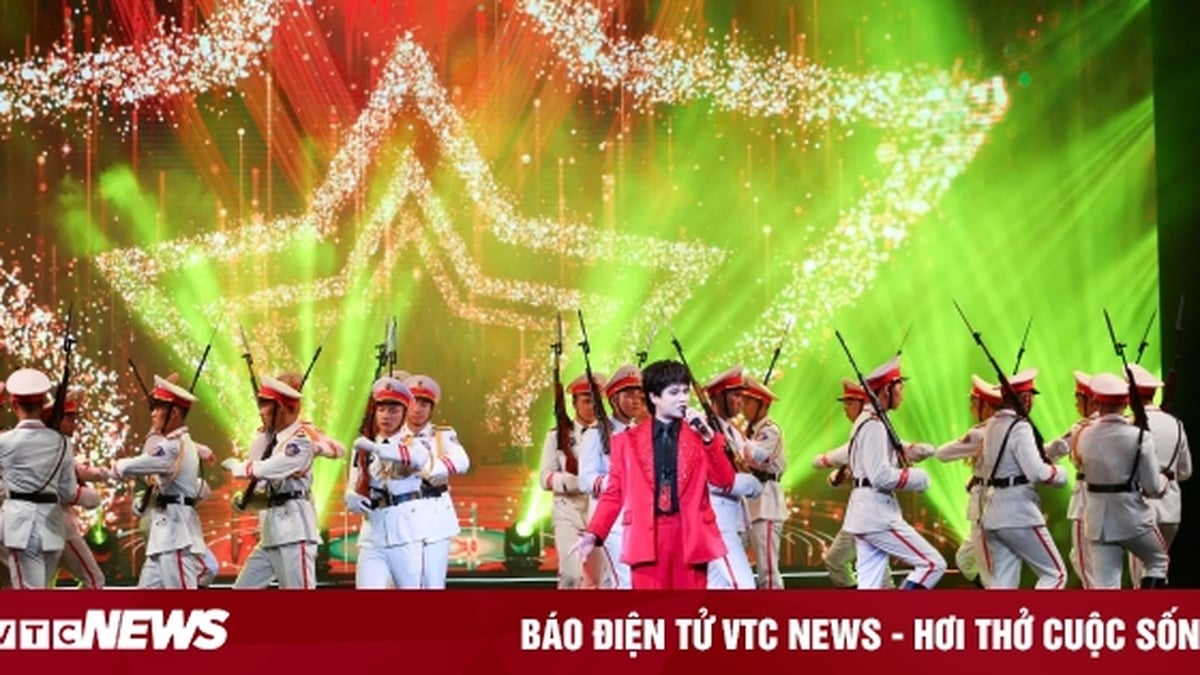




























































































Comment (0)